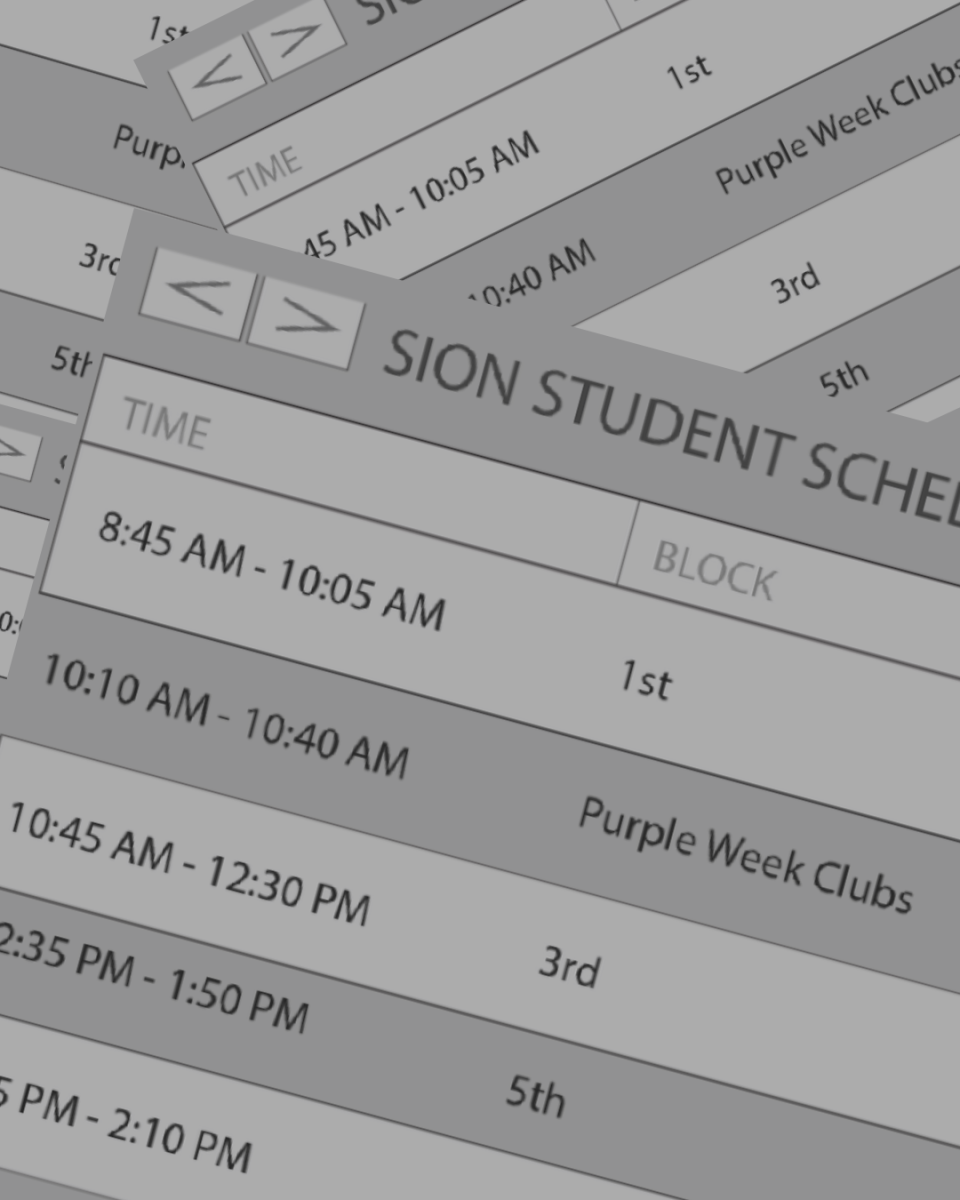It’s a Wednesday morning and you’ve just sat down in your club. Half of the kids are on their phones, the other half chatting away, while a couple of exceptions cram in the homework they didn’t finish the night before. The club president is in the front of the room, but they’ve clearly given up at this point. By the time everyone gets settled down, she’ll only have 20 more minutes until clubs end, not to mention probably a third of the kids in the room wouldn’t be here if they didn’t have to fill the gap in their day. You sigh and pull out your laptop. You won’t even have this club for another two weeks. What could anyone possibly get done?
Although some clubs are able to achieve some of the goals they set out for themselves, the majority of Sion’s clubs become a hub of studying, chaos and screen time when the clock strikes 10:10 a.m. every Wednesday. The issue rests in the nature of clubs at Sion. When you walk in your freshman year, you’re pushed into a club fair and told to sign up for two clubs that interest you. There’s a surplus to choose from, and you stroll through the tri-folds, eventually asking your friends what they’re doing. You’ll only attend the club you pick once every two weeks for thirty minutes during your school day. It’s almost impossible for the club leaders to accomplish anything that would require outside of school effort for their members or a time commitment longer than the 30 minutes given.
At most high schools, clubs are an extracurricular activity, just like debate, soccer or the musical. Rather than forcing students to enter two clubs, at least one of which they might not be passionate about, students are encouraged to spend their time pursuing a club they’re truly interested in. This way, the students who join the club, will truly want to participate in it, as they’re spending their time outside of school doing it. Without giving students the opportunity to put their own effort in, clubs become a meaningless part of the day.




